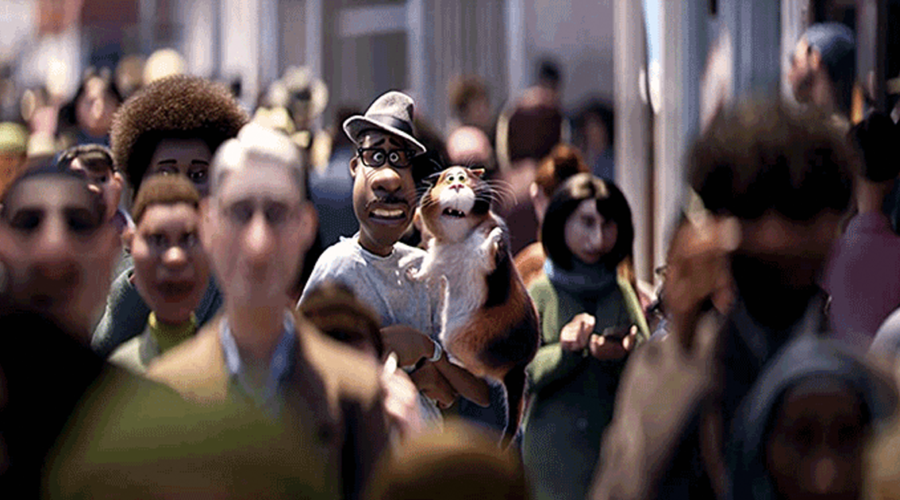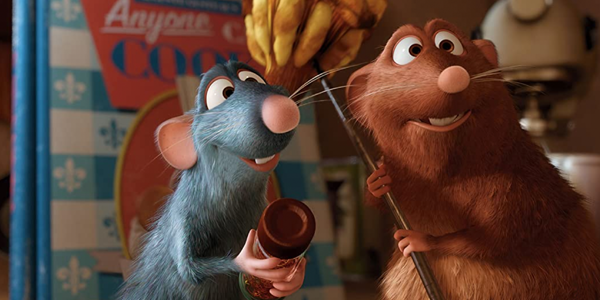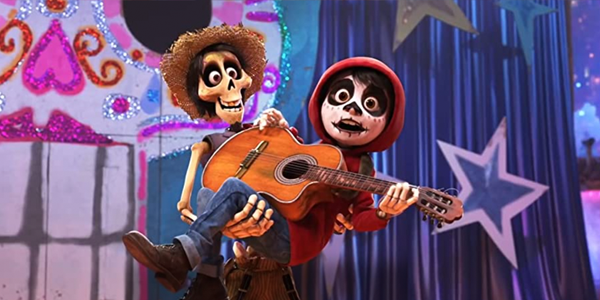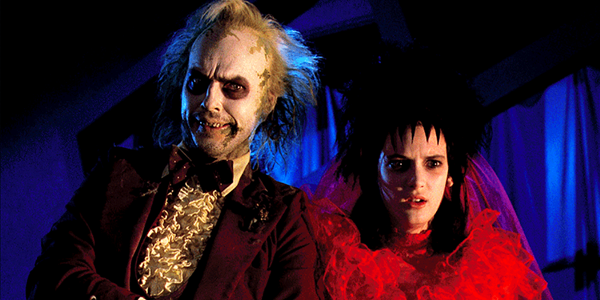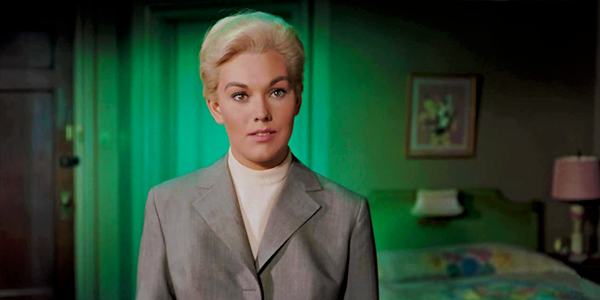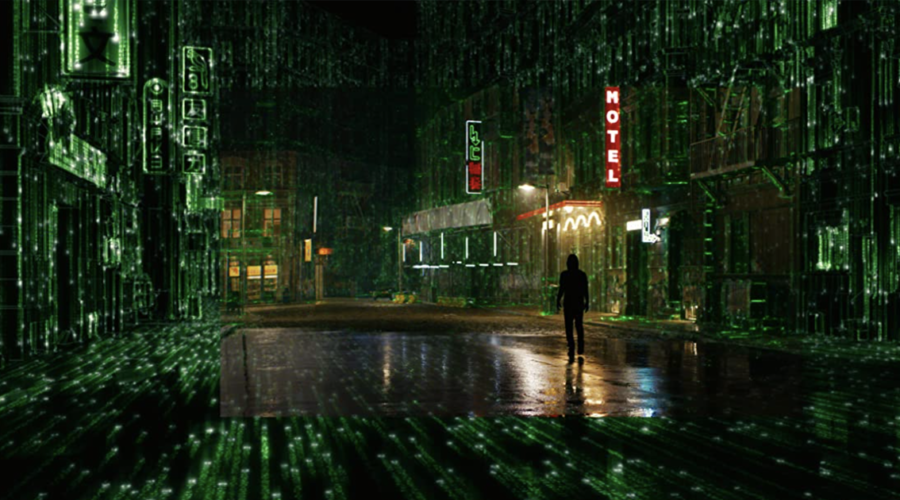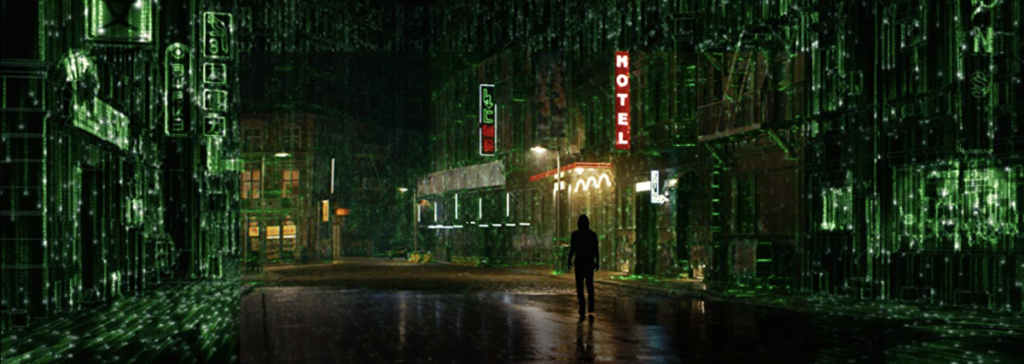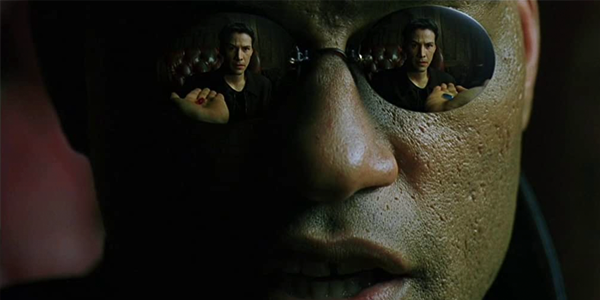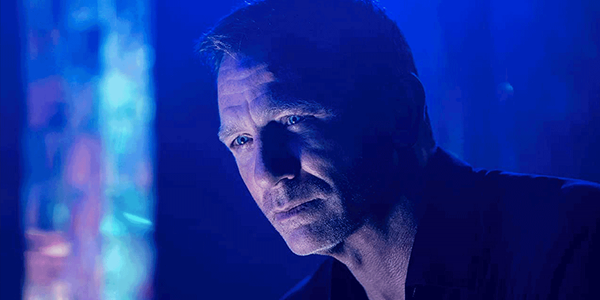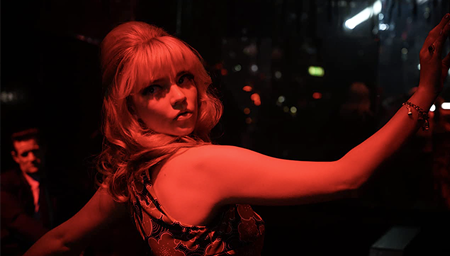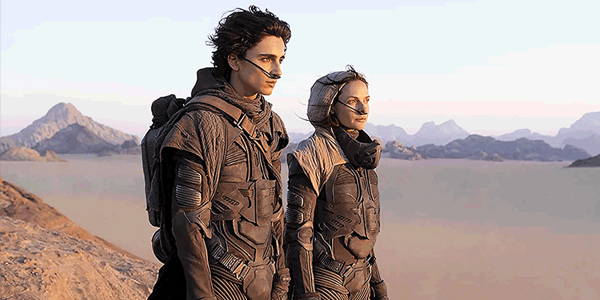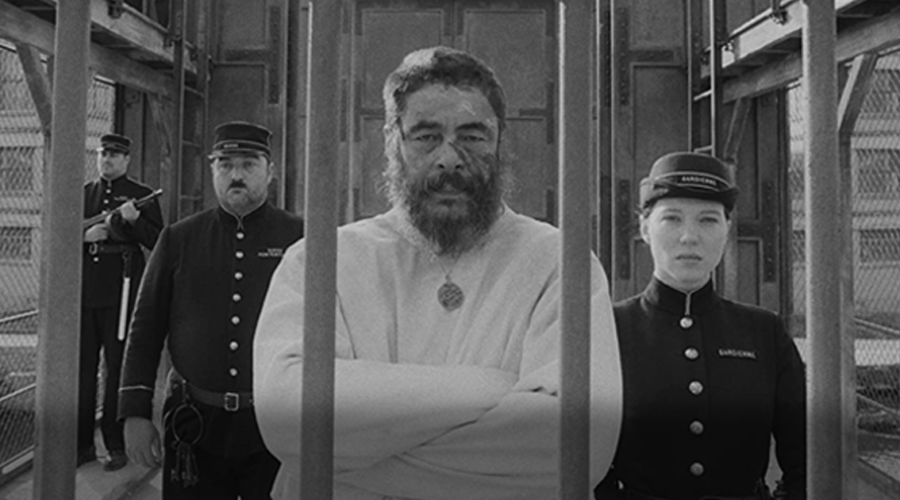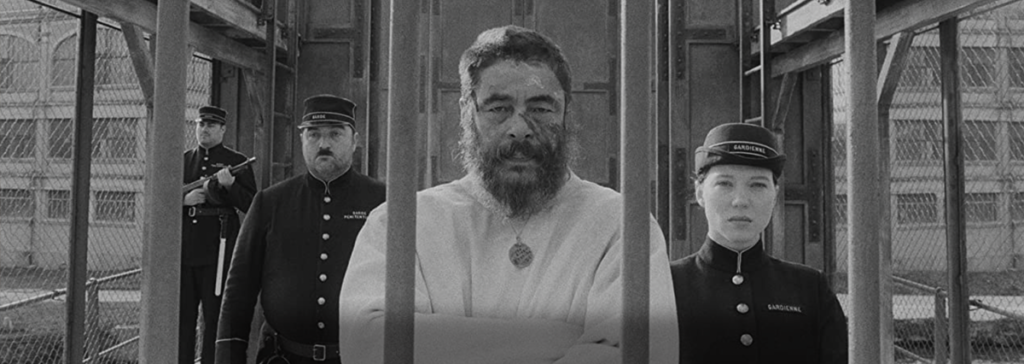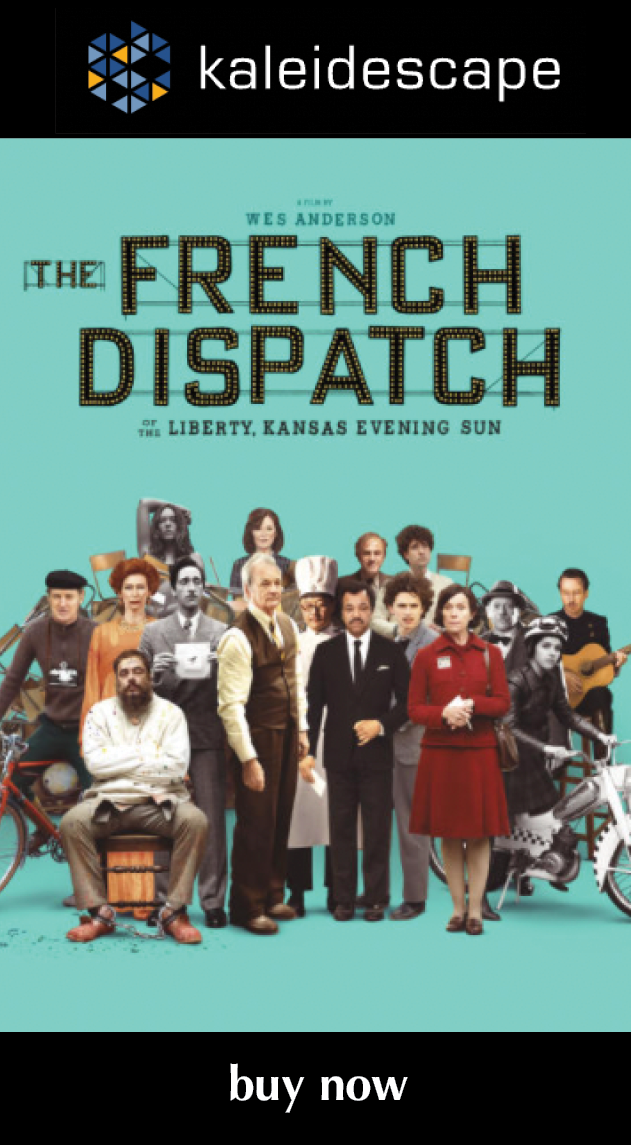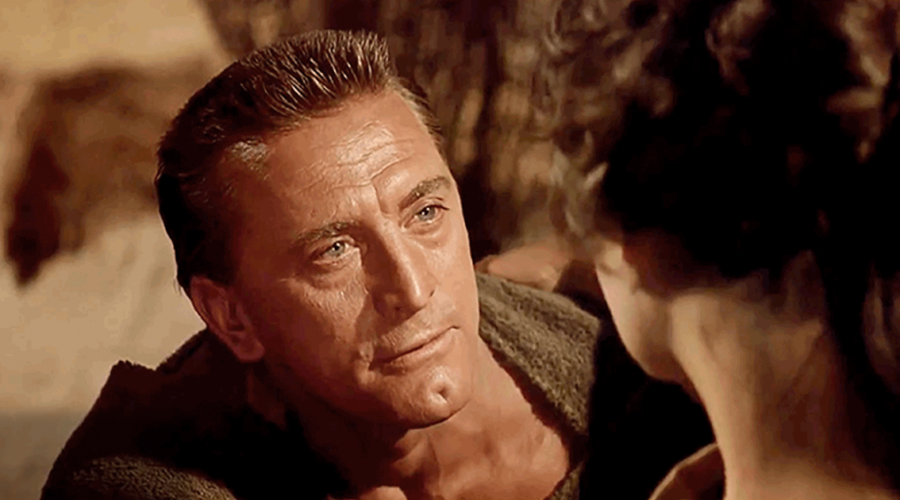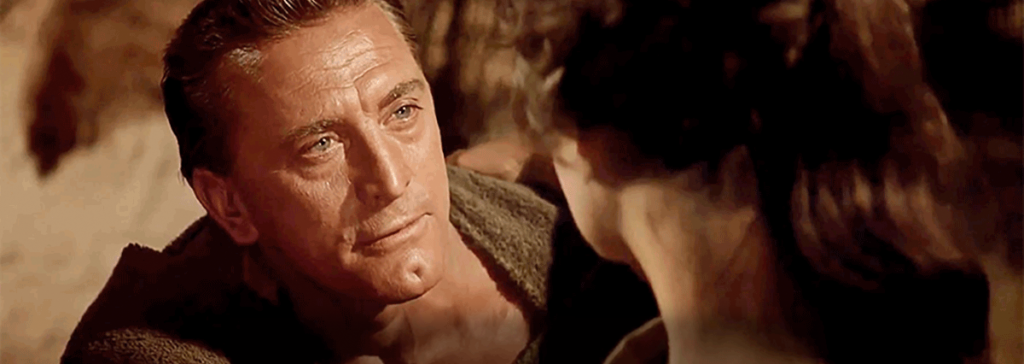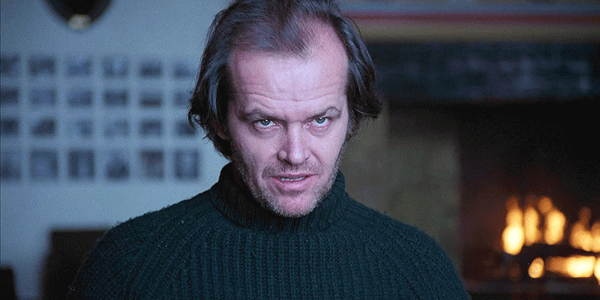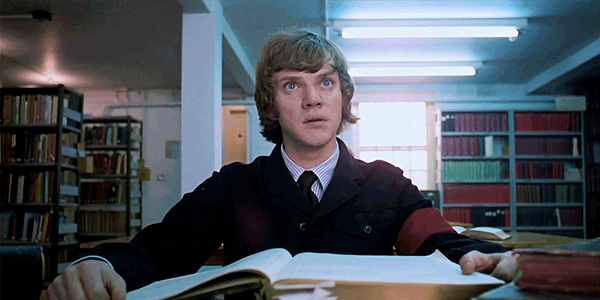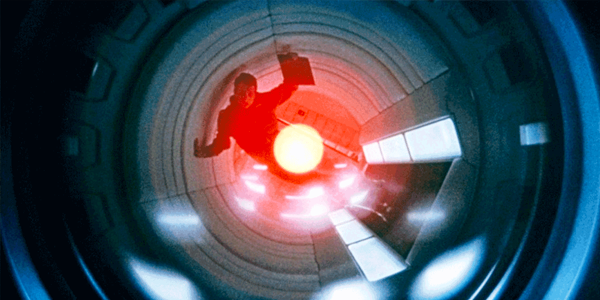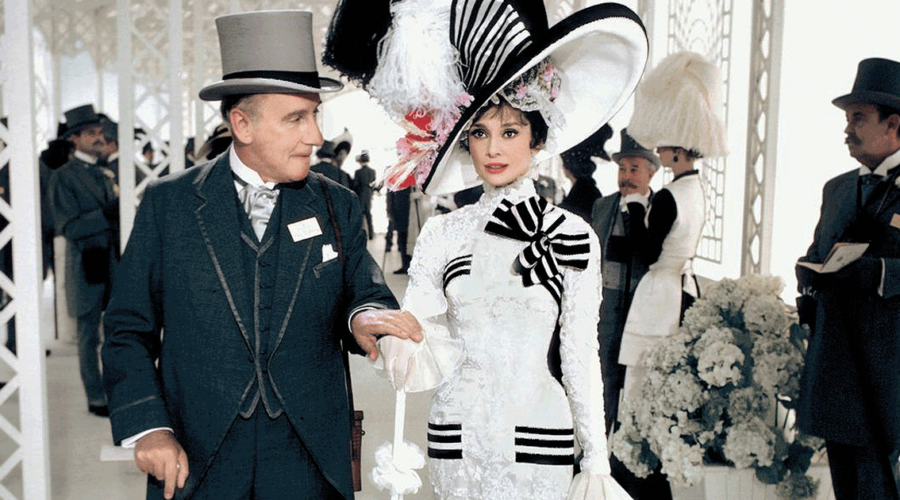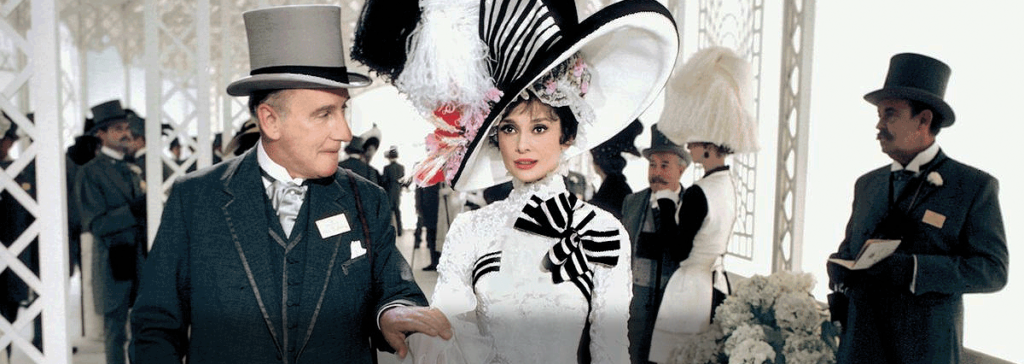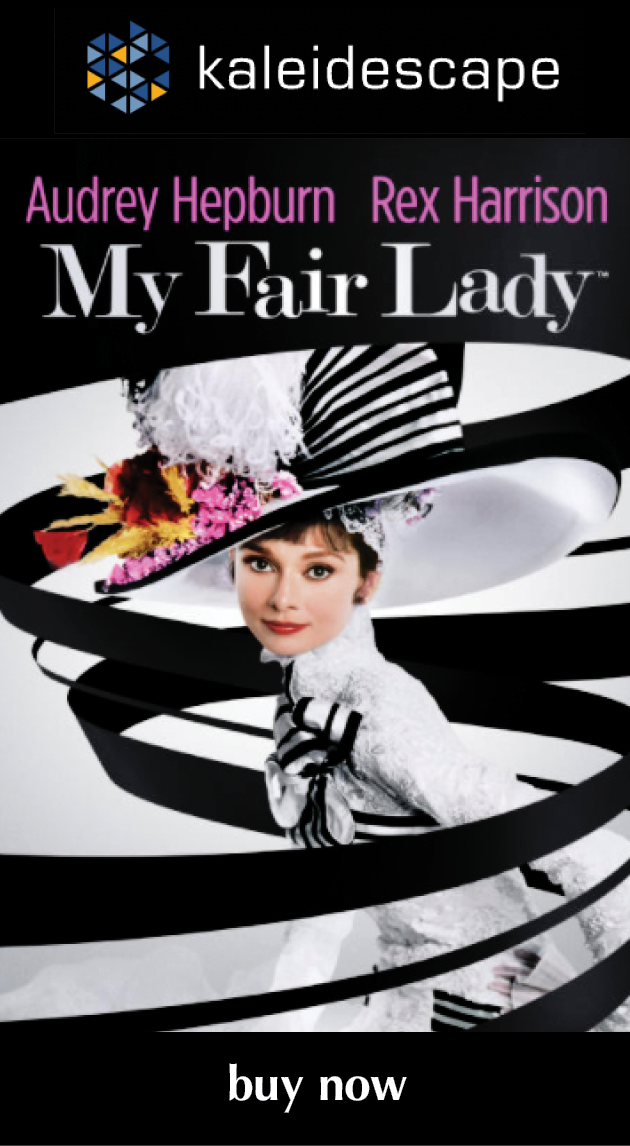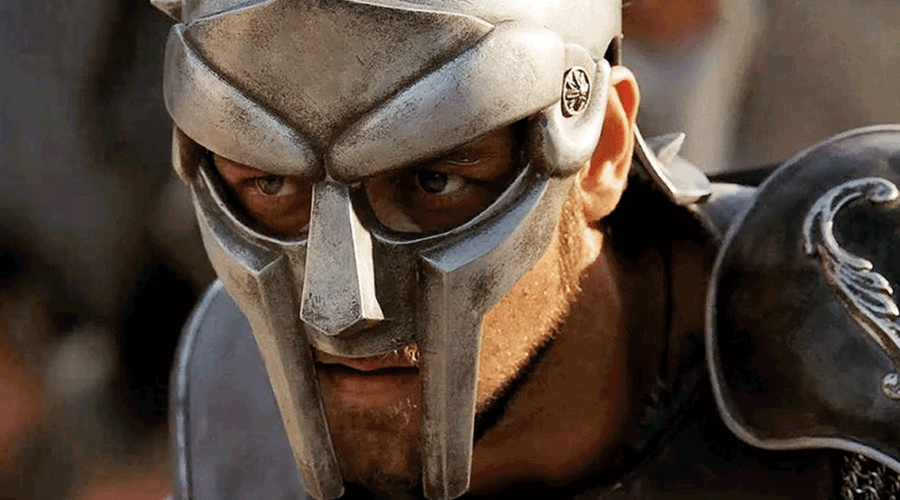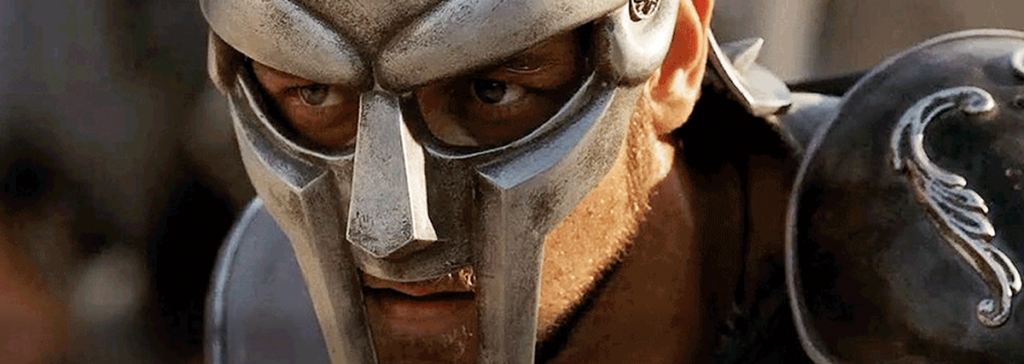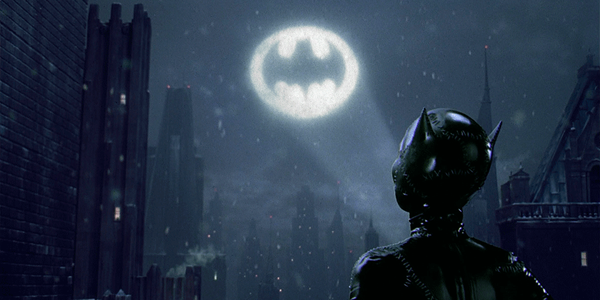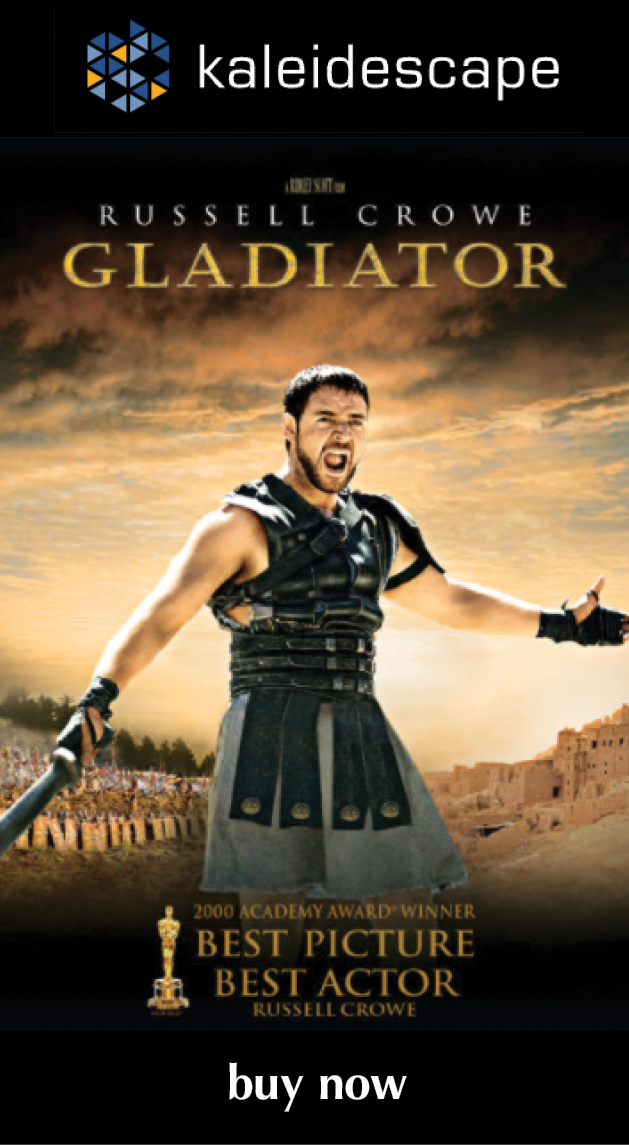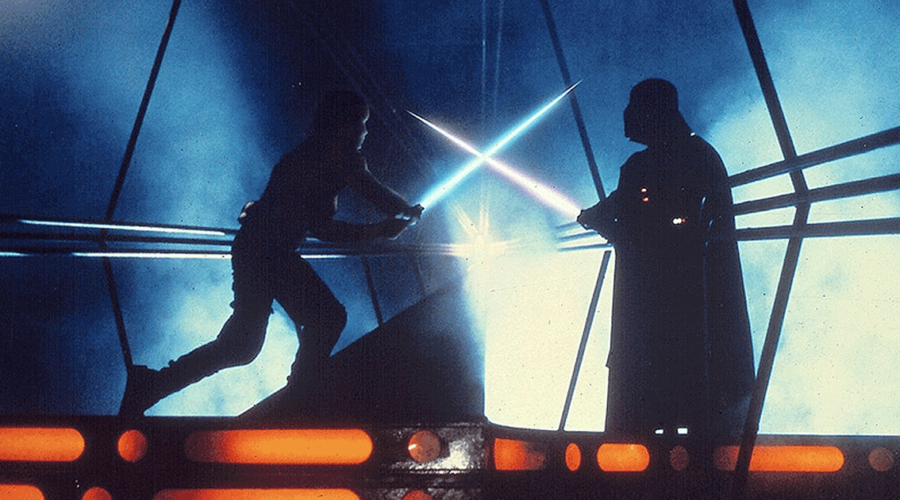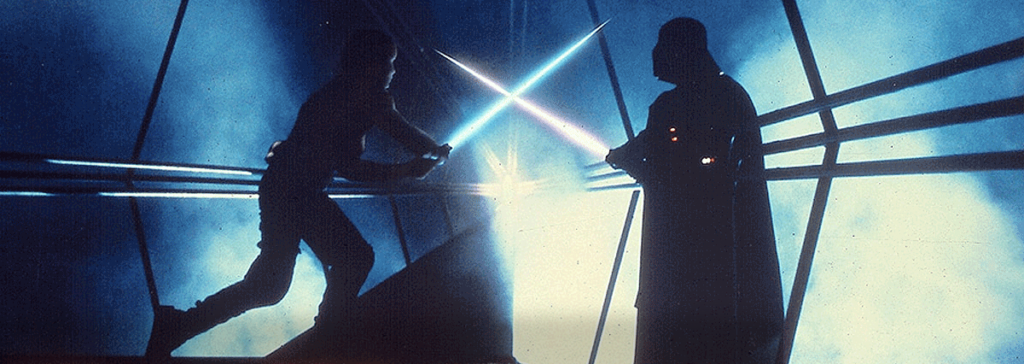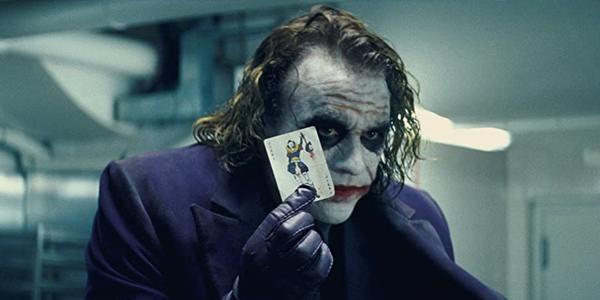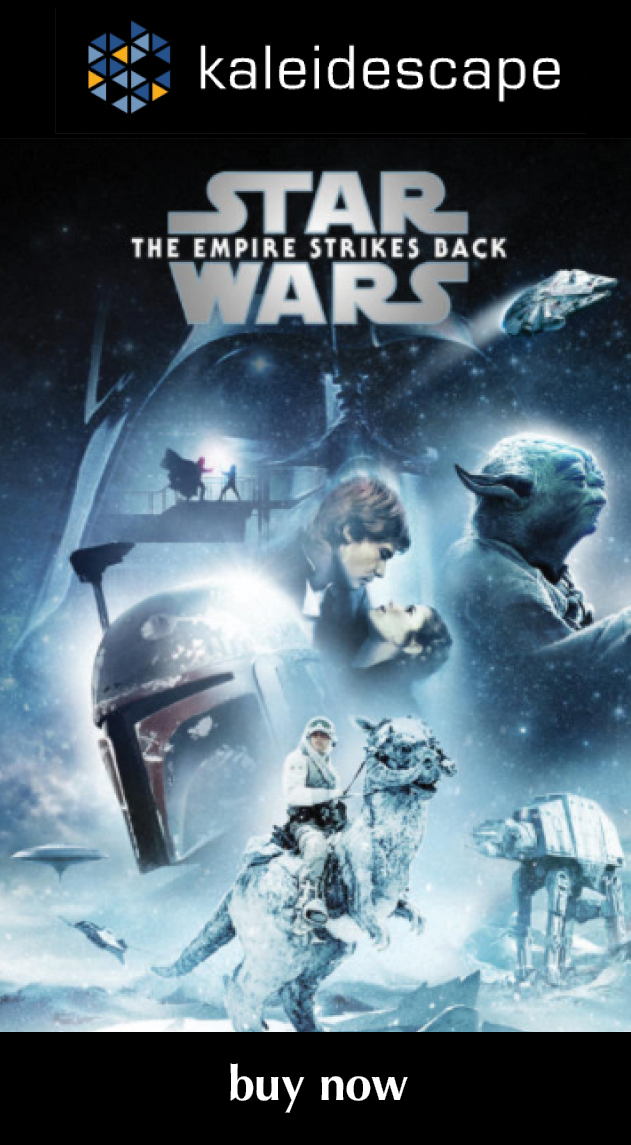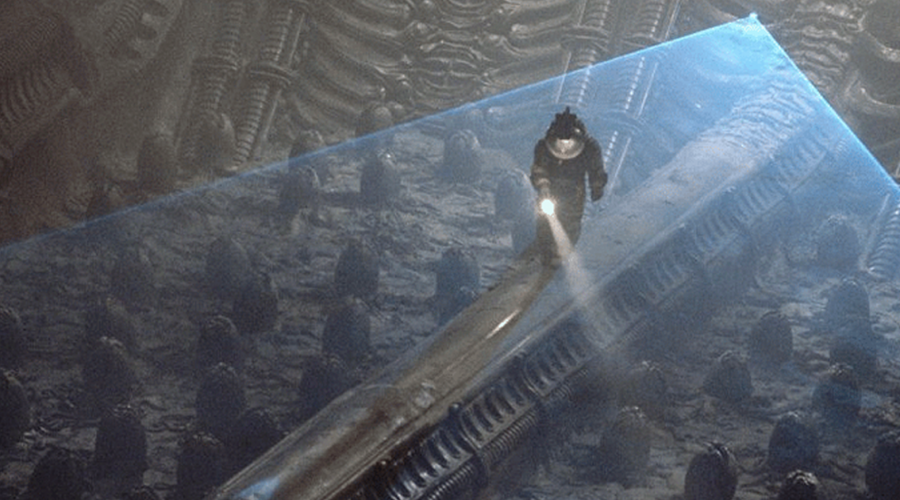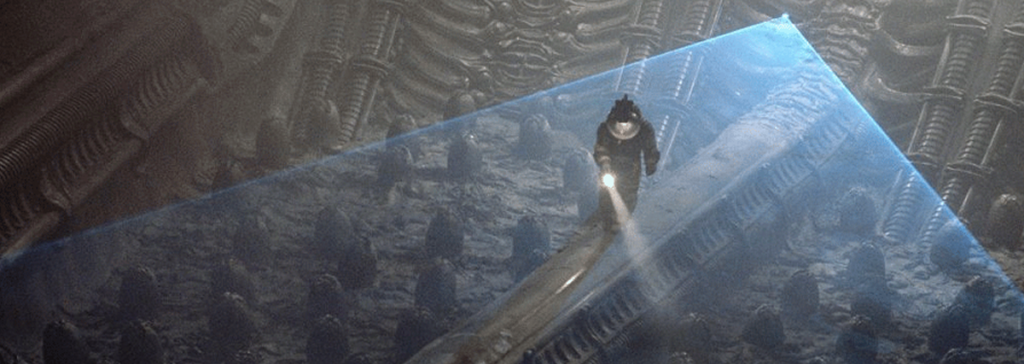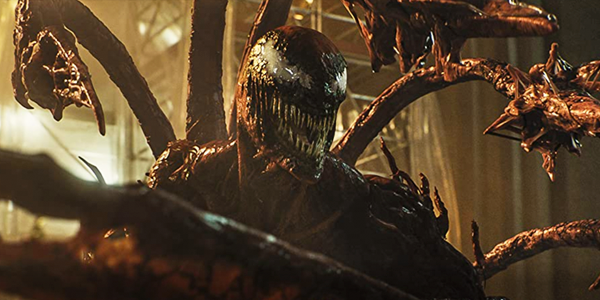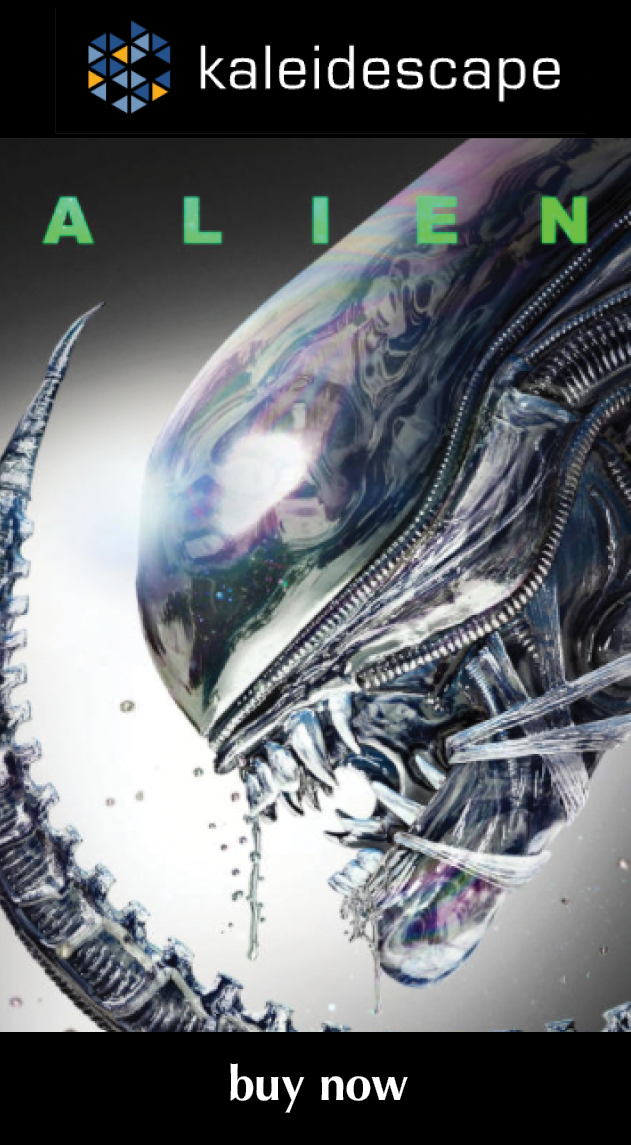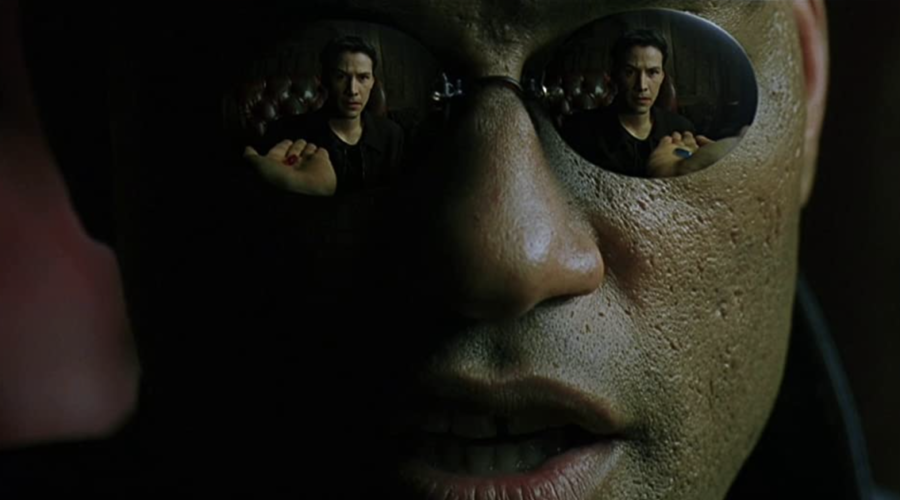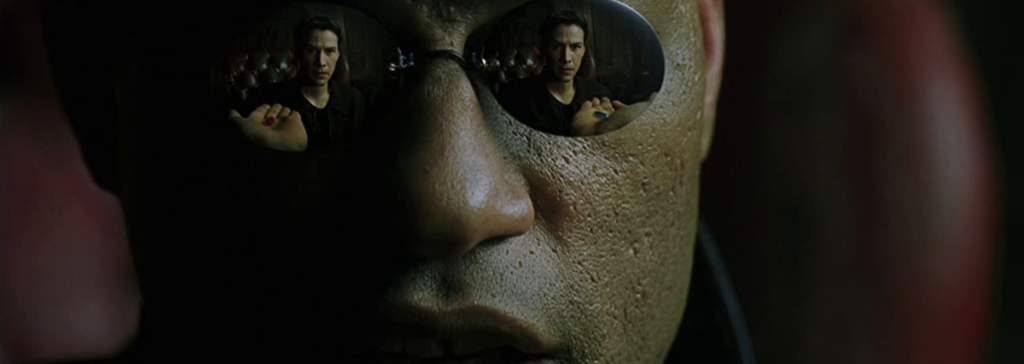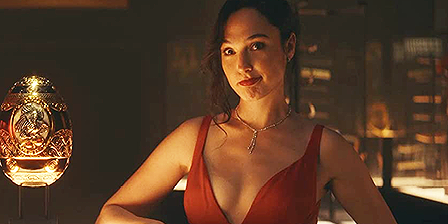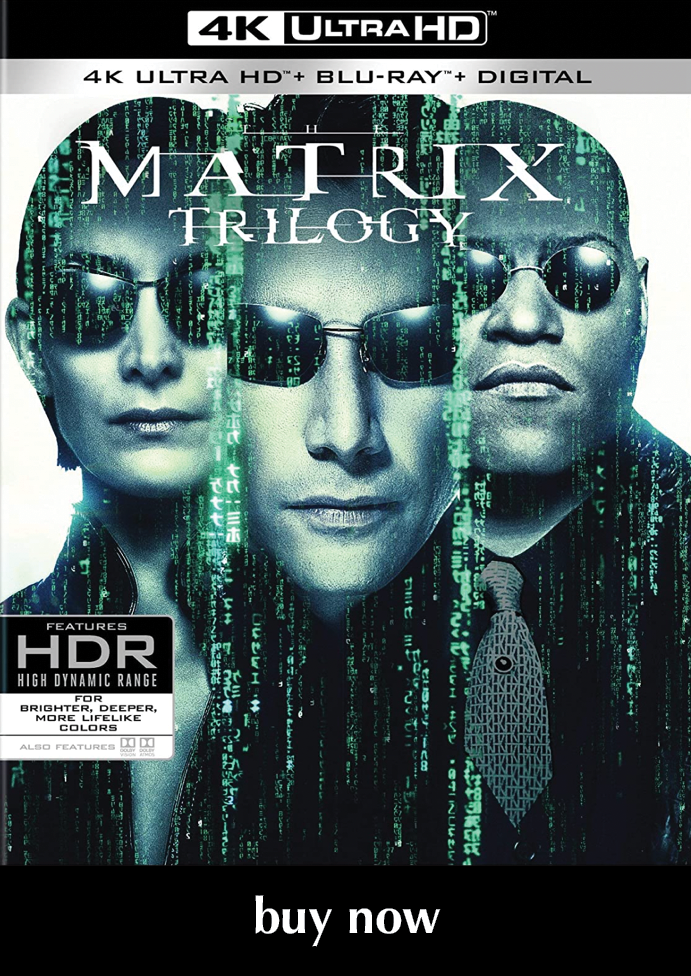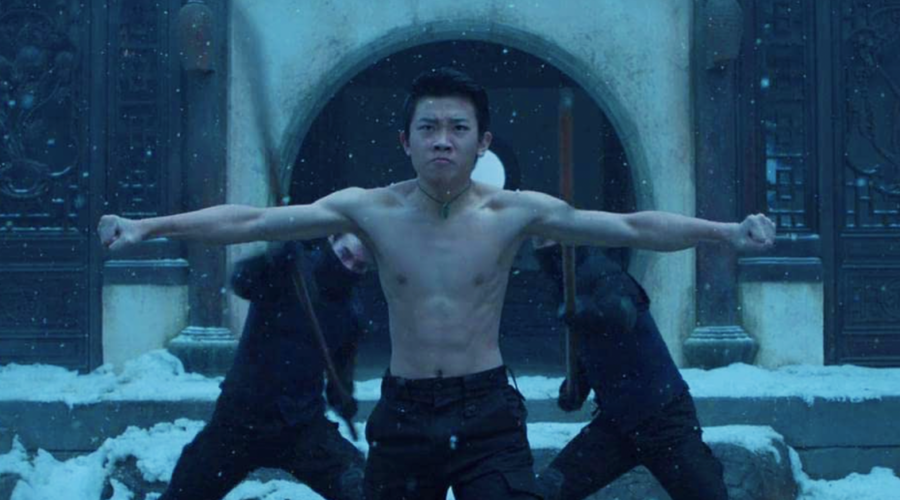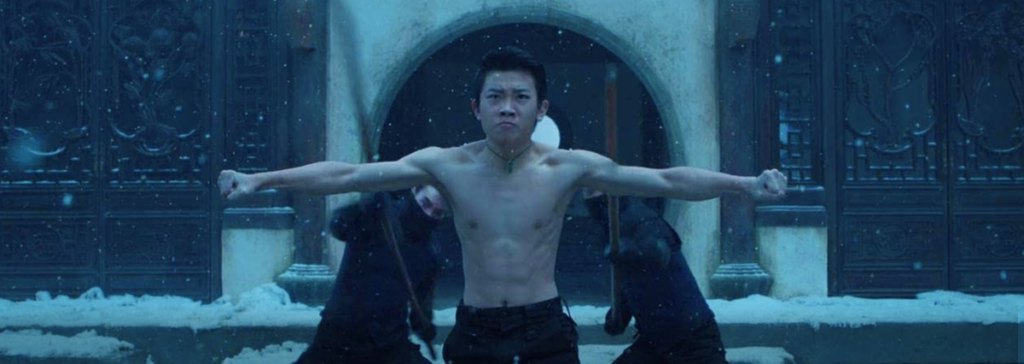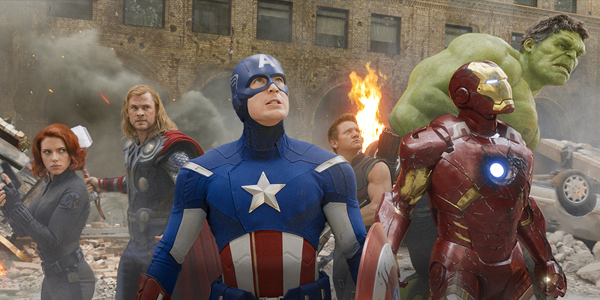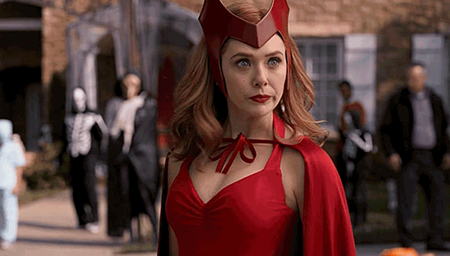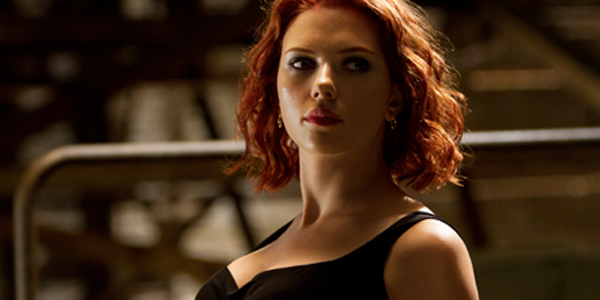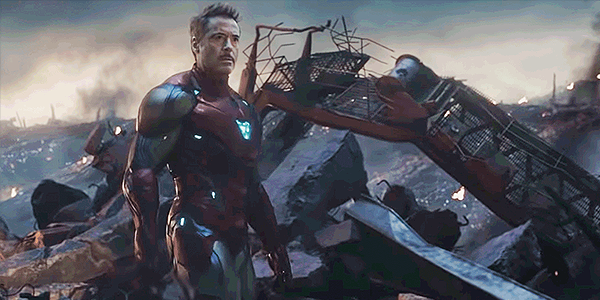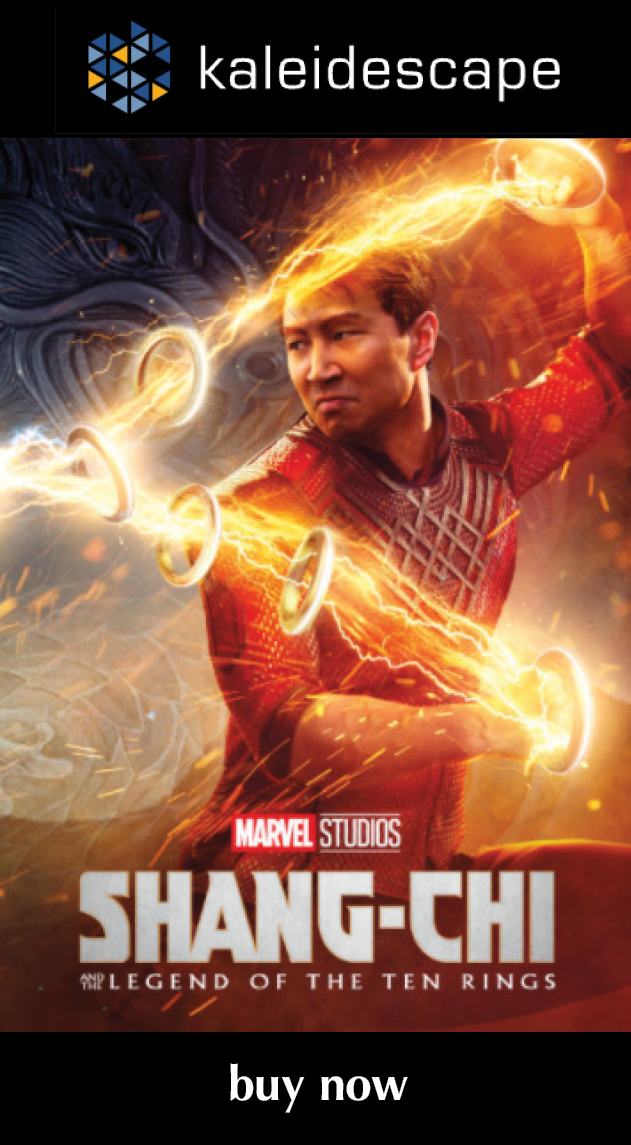Review: Soul

review | Soul
The most adult Pixar film to date avoids getting bogged by its weighty themes, maintaining a childlike sense of wonder
by John Sciacca
December 26, 2020
Soul tackles Pixar’s biggest, most complex, and heady adult ideas and themes to date. While other Pixar films have dealt with the death of a main character (notably the loss of a parent in Onward), here we get a version of both the afterlife and pre-existence—and I’d say despite the pleasing visuals (especially in the vibrant and colorful Great Before) and big-eyed cuteness of the ever-smiling new souls, it isn’t really a children’s movie at all. But the genius of Pixar films has always been that they are able to entertain and appeal to viewers across large age groups, and the jokes and themes here are certainly geared toward an older audience, such as what some of those sign-spinners are really up to, what happens to hedge-fund managers, and why the Knicks keep losing. Jazz—or “black improvisation music” as Joe Gardner’s (Jamie Foxx) father calls it—also plays a prominent role throughout the film, a musical genre that isn’t typically kid-friendly, and it also features “real,” poignant adult conversations between characters, such as the chat Joe has with his longtime barber Dez (Donnell Rawlings).
You could consider Soul the final (?) film in director Pete Docter’s reverse life-cycle trilogy, which began with 2009’s Up, which focused on a person nearing the end of his life, followed by 2015’s Inside Out, which put us in the mind of a pre-teenager figuring out her emotions. With Soul, we actually roll back to pre-existence, discovering how people get their unique personality traits and find that “spark” that motivates them.
The movie begins with Joe, a part-time middle-school band instructor, getting hired on full-time at the school. While his mother, Libba (Phylicia Rashad), is thrilled at the prospect of him having a steady paycheck, insurance, and security instead of his gigging lifestyle, Joe feels it’s turning his back on his dream of being a jazz musician. When one of his old students, Curley (Questlove), calls him to see if he’s available to audition to play piano with the Dorothea Williams (Angela Bassett) Quartet that evening, Joe nails the try out and leaves on Cloud Nine, oblivious to everything going on around him. This leads to him walking into an open manhole, and, well, coming around as a soul ascending towards the great white light of the Great Beyond. But Joe isn’t willing to accept that he has died on the night of his big break, so he fights to get back to his body on earth.
And that is just the first 11 minutes of the movie. From there we transition to the Great Before—rebranded as the You Seminar—where mentors work with new souls that are given unique and individual personalities to prepare them for life on Earth. (One soul proclaims, “I’m a manipulative megalomaniac who’s intensely opportunistic.”) Another group of souls is sent to become self-absorbed, causing one of the counselors to say, “We really should stop sending so many people through that pavilion.”
The final step in a soul receiving its full personality—and getting its Earth pass—is for it to find its “spark,” or that thing that drives them. Joe is assigned to Mentor 22 (Tina Fey), who has been stuck as a new soul for years with no desire to go to Earth, having broken previous mentors such as Mother Theresa, Gandhi, Abraham Lincoln, and Mohammed Ali.
With the help of Moonwind (Graham Norton), an astral traveler who sails about The Zone, a place between the spiritual and physical, in a tie-dye-sailed ship listening to Bob Dylan and helping lost souls find their way, 22 and Joe make it back to Earth, but not exactly in the way the Joe is hoping. I thought the film was going to take a Steve Martin/Lily Tomlin All of Me turn but it doesn’t. Without spoiling, I’ll say Joe comes back in a way where he can still communicate with 22 but with no one else.
The movie has three distinct animation styles defining the Great Beyond, the Great Before, and life on Earth. The Beyond is rendered in very contrasty black and white with just the color of the souls headed towards the light (a scene that reminded me of Carousel from Logan’s Run, whether intentional or not), whereas the Great Before is vibrant, filled with glowing blue, pink, and purple pastels and almost neon-tube drawings with things glowing bright around outlined edges. Earth is hyper-realistic. with a more muted, natural color scheme.
Image quality is fantastic and reference-quality, making Soul beautiful and just pleasing to look at. While the Great Before has colors that leap off the screen (especially in Dolby Vision), it’s the scenes on Earth that really show off Pixar’s animation prowess, with fine micro details visible in literally anything you choose to focus on. The texture, layering, and fading colors in street graffiti, the floor of the barbershop and look of Dez’s shoes, the distress in iron railings, the sweat that appears on musicians’ faces after a long gig, the variety of people walking around the streets of New York, or the reflection off a glossy piano lid revealing the workings inside. Remembering that every . . . single . . . pixel of detail, every micro imperfection, every scratch and nick, every reflection, every subtle lighting effect have all been painstakingly created by choice takes appreciation to the next level.
You can also really appreciate the choices the Pixar artists make in how they animate different things. While they’ve settled on the look of people, other items like buildings, backgrounds, and furniture get near-photo-realistic detail. Other things like photos of jazz greats in a stairwell, or the stage at the club, land somewhere in between.
As mentioned, jazz is a prominent, recurring theme throughout the film, and the Dolby Atmos audio does a great job presenting it, especially when Joe is really grooving and in-the-zone, where music swirls overhead and around the room. Voices in the Great Before are echoey, while the street sounds and cacophony of New York sound appropriately overwhelming. There are also plenty of nice subtle moments throughout, such as the flatter, low-roof sound of music in the Half Note, the clack of tracks aboard the subway, or the buzz overhead as Joe stands under a neon light. Most important, dialogue is always clear and perfectly intelligible.
Soul is a deep story that actually takes a bit of unpacking, and it looks so good you’ll likely want to revisit it, where you’ll likely discover plenty of new things to appreciate. Finding out what things make a life and learning to enjoy the simple pleasures and experiences it has to offer is the real heart of Soul, and this is another win for Pixar.
Probably the most experienced writer on custom installation in the industry, John Sciacca is co-owner of Custom Theater & Audio in Murrells Inlet, South Carolina, & is known for his writing for such publications as Residential Systems and Sound & Vision. Follow him on Twitter at @SciaccaTweets and at johnsciacca.com.
PICTURE | Image quality is fantastic and reference-quality, making Soul beautiful and just pleasing to look at.
SOUND | The Atmos audio does a great job presenting the jazz soundtrack, especially when the lead character is really grooving and in-the-zone, where music swirls overhead and around the room.
© 2025 Cineluxe LLC
